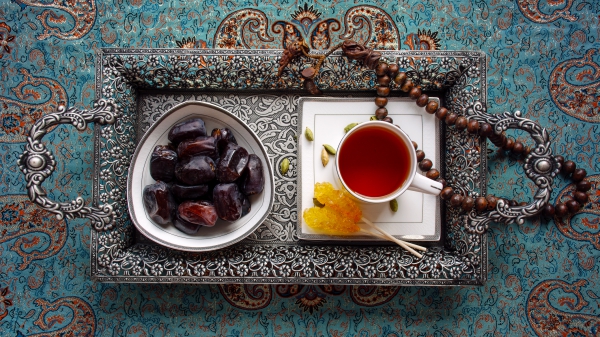Harga Kurma Medjool: the Factors Influencing Date Prices

Introduction
Dates are a popular fruit enjoyed for their sweet taste and numerous health benefits. Among the various date varieties available, Medjool dates stand out for their large size, soft texture, and rich flavor. However, the price of Medjool dates, known as Harga Kurma Medjool, can fluctuate due to several factors. In this blog post, we will delve into the dynamics that influence the prices of dates, with a specific focus on Medjool dates. Join us as we explore the seasonal factors, weather conditions, and supply and demand dynamics that play a crucial role in determining the Harga Kurma Medjool.
Seasonal Factors
1. Harvest Season
The harvest season plays a significant role in dictating the price of Medjool dates. Dates are typically harvested once a year, and the timing of the harvest can vary depending on the region. The limited availability of freshly harvested dates during the harvest season can cause a surge in demand, leading to higher prices. Conversely, as the season progresses and more dates become available in the market, prices may stabilize or decrease.
2. Quality and Ripeness
The quality and ripeness of Medjool dates also impact their price. Dates that are considered to be of superior quality, with desirable characteristics such as a plump texture and rich flavor, often command higher prices in the market. Similarly, dates that are perfectly ripe and ready to eat are likely to be priced higher than those that require additional ripening.
Weather Conditions
1. Climate and Growing Conditions
The climate and growing conditions in date-producing regions can greatly influence the price of Medjool dates. Factors such as temperature, humidity, and rainfall can impact the yield and quality of the dates. Adverse weather conditions, such as extreme heat, drought, or excessive rainfall, can lead to reduced crop yields and lower-quality dates. Consequently, the limited supply may drive up the prices.
2. Pest and Disease Outbreaks
Pest infestations and disease outbreaks can devastate date palm plantations, resulting in significant crop losses. When a large number of date palm trees are affected, the supply of dates decreases, causing prices to rise. Farmers may incur additional costs to combat pests and diseases, which can also contribute to higher prices.
Supply and Demand Dynamics
1. Global Demand
The demand for Medjool dates on a global scale can impact their prices. As dates gain popularity and consumers become more aware of their health benefits, the demand for premium date varieties like Medjool increases. If the demand surpasses the available supply, prices may rise. Conversely, if the demand is lower than expected, prices may decrease.
2. Imports and Exports
Imports and exports of dates can influence their prices in local markets. External factors such as changes in trade policies, import restrictions, or fluctuations in currency exchange rates can affect the cost of imported Medjool dates. Additionally, if a country is a major exporter of Medjool dates, any disruptions in the export supply chain can lead to price fluctuations in the domestic market.
Conclusion
In conclusion, Harga Kurma Medjool, or the price of Medjool dates, can vary due to a combination of seasonal factors, weather conditions, and supply and demand dynamics. The limited availability during the harvest season, quality and ripeness considerations, climate and growing conditions, pest and disease outbreaks, global demand, and imports and exports all contribute to the pricing of Medjool dates. Understanding these factors can help consumers and traders anticipate price fluctuations and make informed decisions when purchasing or selling Medjool dates.
Key Highlights
1. The price of Medjool dates, known as Harga Kurma Medjool, can fluctuate due to various factors.
2. The harvest season affects the availability and demand for Medjool dates, leading to price variations.
3. The quality and ripeness of Medjool dates can influence their pricing.
4. Weather conditions, such as extreme heat or rainfall, can impact the yield and quality of dates, affecting their prices.
5. Pest and disease outbreaks can lead to reduced supply and higher prices.
6. Global demand for Medjool dates and import/export dynamics can contribute to price fluctuations.